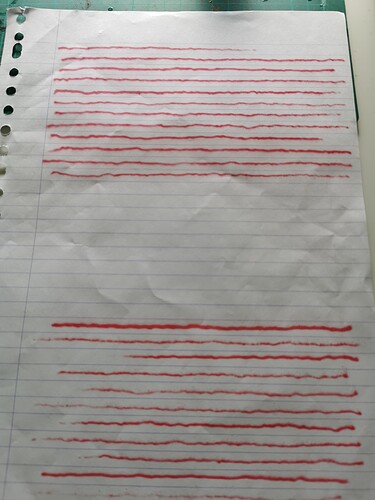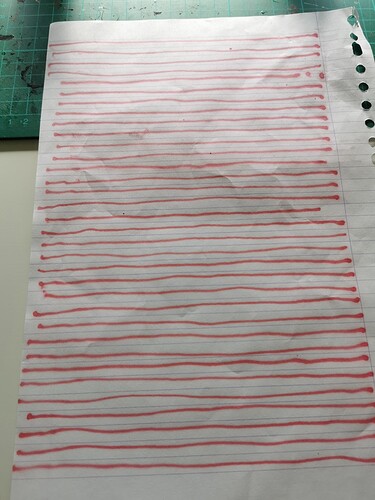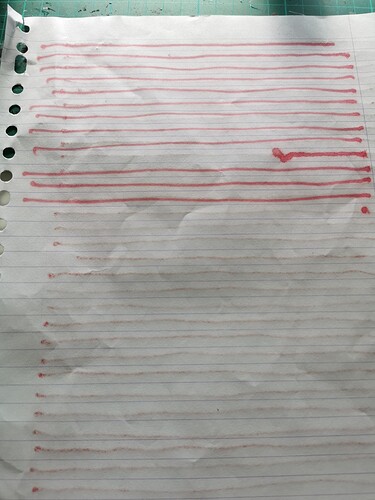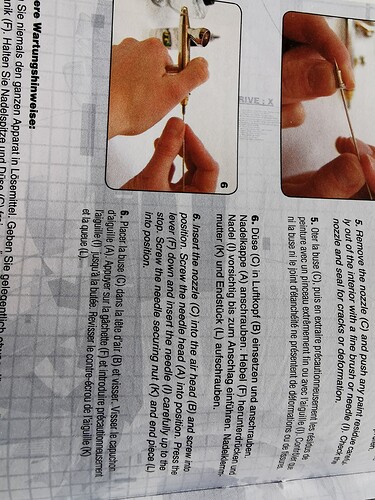Today I have been practicing with my airbrushes and here are the results:
Unfortunately, I have a major problem with my new Harder en Steenbeck airbrush.
It shoots paint of any other fluid that’s in the paint cup when you are not pulling back on the trigger.
And it is a double action gravity feed airbrush.
I did check the instruction manual one more time, and I saw that I was forgotten one more thing that was in the instructions:
Step number six, while inserting the needle back into the airbrush I didn’t press down on the trigger.
And I’m wondering if that might be causing the problem. And if it has done any damage to the airbrush and so what damage then?
I’m hoping with this one single mistake I can think of, didn’t destroy my new piece of kit.
Because it was very expensive.
About on the end of the practicing I have done the same excercises from the same manual with my Fengda gravity feed airbrush and that did work better without the same trouble.
But there it seemed that the paint dried to fast on the needle and it was splattering? paint.
But, I was pleased with that I did come so far with the Fengda airbrush and that I could even practice.
I’m sorry that I’m placing so many topics on airbrushing and with my problems, for people that have read multiple topics about my airbrushing and tried to help me out.
But I’m just finding it difficult and the learning process is a long and slow one, so I hope you still want to help me out.
Thank you in advance, it is much appreciated.



